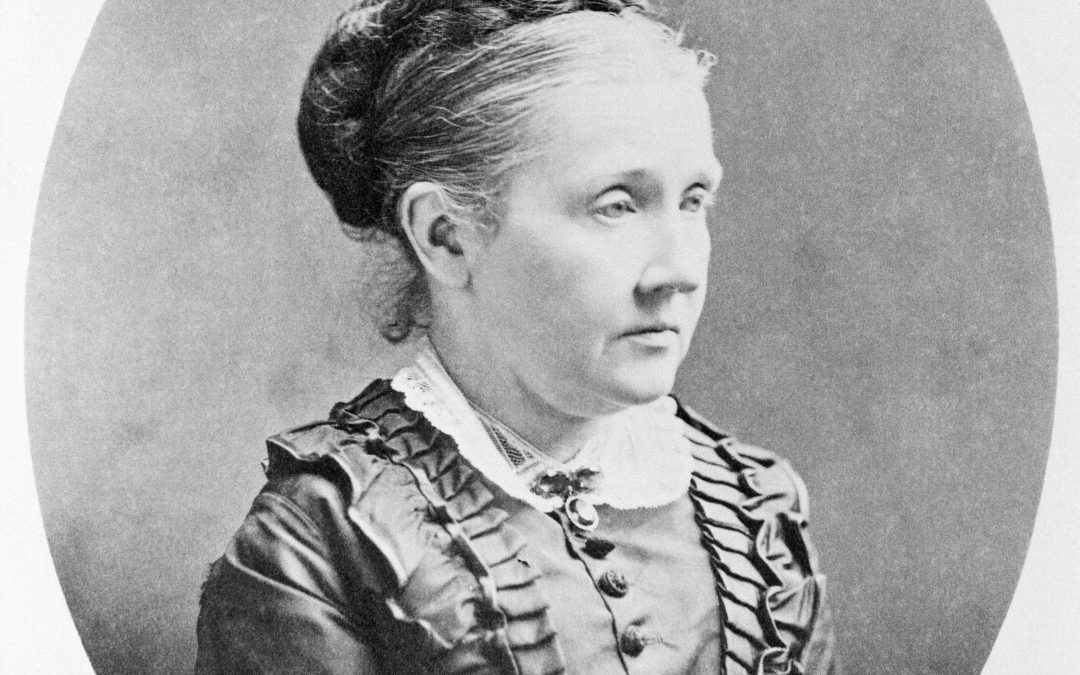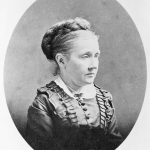Forty-two-year old Julia Ward Howe, mother of six, asked to accompany her physician husband to Washington, DC in November of 1861 so she could witness the marshalling of troops in the capital city. While Doctor Samuel Gridley Howe was attending to business as a member of the newly-formed Sanitary Commission, Julia, along with five friends from Massachusetts, including her pastor James Freeman Clarke, crossed the Potomac River from Washington City to visit the Union Army quartered in Northern Virginia.
The group watched the troops assemble, drill, and even engage in a brief skirmish with Confederate guerrillas. Julia was taken by the youth of the soldiers and their contagious enthusiasm as they marched, singing John Brown’s Body to keep cadence. Later in the day, while returning to Washington and Willard’s Hotel, Reverend Clarke suggested that Julia, a published poet, could write more appropriate lyrics to replace “John Brown’s Body Lies a Moldering in the Grave.” Something more noble. Something more inspiring.
In the middle of the night, following her return from Northern Virginia, Julia awoke from a restless sleep and was moved to write some verses. Using Sanitary Commission scraps of paper, she wrote by lamp light as ideas flowed through her head. Once she felt she had completed her work, she fell back asleep. The next morning when she awoke, she made some minor changes to her draft, but felt that her work came to her through inspiration and did not require revision.
When she returned home to Boston after visiting Washington, she sent a copy of her poem to her friend James Fields, editor of the Atlantic Monthly, to see if he had any interest in publishing it. Fields was so interested that he gave Howe’s work a prominent position in the February 1862 Atlantic Monthly. According to Howe family reports later, it was Fields who came up with the title. Howe’s poem became an anthem and then The Battle Hymn of the Republic in the course of going from pen to printed page. In the North – both civilians and soldiers – embraced the new Battle Hymn. It could be sung at civilian rallies, in churches, and on the march. The Hymn captured the intent of the Emancipation Proclamation and gave the North a way of expressing a noble purpose for involvement in the war.
Samuel Gridley Howe identified the importance of his wife’s Battle Hymn when he wrote: “Our men in the field do not lack food or clothing or money, but they do lack noble watchwords and inspiring ideas such as one worth fighting and dying for.”
Thanks to Julia Ward Howe’s anthem, the men in the field now had those noble watch words and inspiring ideas: As He died to make men holy, let us die to make men free.
See video of the Battle Hymn of the Republic


Recent Comments